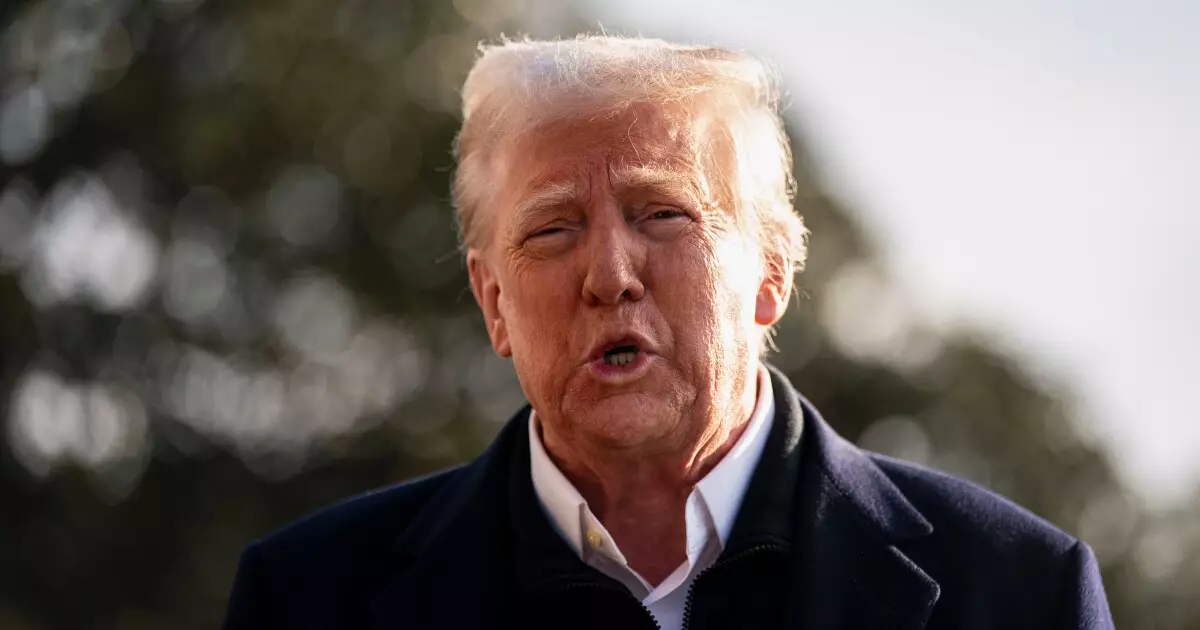The recent memo from the Office of Management and Budget (OMB), which suggested a temporary halt to all federal grants and loans, has unleashed a wave of concern and uncertainty across the nation. As the White House scrambles to clarify the memo’s intentions, implications for local governments, non-profits, and various advocacy groups are garnering significant attention. This article delves into the details of the memo, its intended and unintended consequences, and the reactions it has prompted from various stakeholders.
On a seemingly routine Tuesday, the OMB issued a two-page memo that ordered federal agencies to pause all activities related to the obligation or disbursement of federal financial assistance. This directive was ostensibly aimed at allowing the administration to scrutinize the various programs and policies that receive federal funding. Publications and organizations dedicated to local governance, such as the National League of Cities and the American Association of State Highway and Transportation Officials, found themselves grappling with the memo’s implications, which pushed them into a state of confusion and concern.
The memo in question explicitly called for a comprehensive review aimed at identifying any funding that contradicted President Donald Trump’s executive orders. These orders encapsulate a range of contentious issues, including clean energy initiatives, immigration policies, and equity programs. Despite the apparent intent to manage federal funding meticulously, the execution has left much to be desired. Many stakeholders were compelled to act swiftly, as the Council of Development Finance Agencies encouraged organizations expecting federal funding to access available funds before a looming Tuesday evening deadline.
Clarifications and Miscommunication
In response to mounting confusion, White House officials took to the media to clarify that the funding freeze would not affect all federal financial assistance indiscriminately. Particularly, programs deemed supportive of Trump’s executive orders would be subject to the temporary pause, while essential services, including Medicaid and benefits like Social Security, would remain intact. Karoline Leavitt, the White House press secretary, stressed that the memo represented a targeted initiative rather than a blanket moratorium on federal assistance. However, the lack of specificity regarding which grants would be affected only exacerbated concerns among local governments and organizations relying on federal support.
Moreover, the OMB dispatched questionnaires to federal agencies, seeking detailed information about planned obligations and disbursements, further adding to the chilling uncertainty surrounding the federal funding landscape. Critics have pointed out that the rushed method of communication mirrors challenges faced during Trump’s previous administration, where miscommunication had sometimes severe ramifications.
Legal Challenges: Setting the Stage for Disputes
The fallout from this memo has been immediate, with litigation already underway. The National Council of Nonprofits, in collaboration with Democracy Forward, has sought a temporary restraining order in federal court to halt the enforcement of the memo. Additionally, a coalition of Democratic states is poised to challenge the order in court, expressing outrage at a process they argue is both chaotic and unsupported by legal statutes. Prominent figures, including Senator Chuck Schumer, have indicated that states such as New York and California are poised to join the lawsuit, framing it as a critical stand against what they deem unlawful government overreach.
The potential for widespread legal confrontations could create further disruptions in federal funding, significantly impacting local governments and non-profits. The argument has been made that the magnitude of federal grant funding in the current environment is unprecedented and poses threats to both economic stability and local governance.
Responses from local leaders and advocacy organizations illustrate the depth of the crisis created by the funding freeze. Toby Rittner, president of the Council of Development Finance Agencies, remarked that the federal funding suspension poses a severe threat to economic development initiatives. Over $1 trillion in federal grants were distributed to states in the previous fiscal year, representing over a third of their total revenue. The adverse effects of sudden funding pauses could undermine public services essential for health care, education, and infrastructure development.
The struggle to manage these funding uncertainties paints a stark picture for communities across the country. With federal assistance being a cornerstone for many state and local initiatives, any protracted delay or discontinuation of funds could lead to reduced services and economic stagnation in critical areas.
The Road Ahead: Finding Clarity Amidst Chaos
As stakeholders await further clarifications from the White House and navigate the uncertain waters of funding disbursement, it remains crucial for the administration to communicate effectively and transparently. The stakes are high, and the repercussions of poorly managed federal funding will reverberate throughout communities nationwide. The continuing legal challenges surrounding this memo will likely unfold in the coming months, shaping the contours of federal financial assistance in a manner that can either bring relief or further instability to the already fraught national climate. Balancing prudence with clarity in federal funding policies is paramount as the nation seeks to recover and stabilize in response to numerous economic challenges.

